In today’s fast-paced market, packaging does more than just protect products—it’s a key player in brand identity and customer attraction. With consumers increasingly conscious of both aesthetics and sustainability, the right choice of packaging material can set your product apart.
Whether you’re focusing on durability, visual appeal, or eco-friendliness, understanding the unique properties of different packaging materials is crucial. From the robustness of cardboard to the elegance of glass, each material has its own strengths and best-use scenarios.
As the global packaging market continues to grow, with an expected reach of $1.38 trillion by 2029, making informed decisions about packaging materials has never been more important. This blog will guide you through the top 10 types of packaging materials, providing insights on how to leverage their advantages to enhance your packaging strategy.
Types of Packaging Materials and Their Best Uses
Cardboard
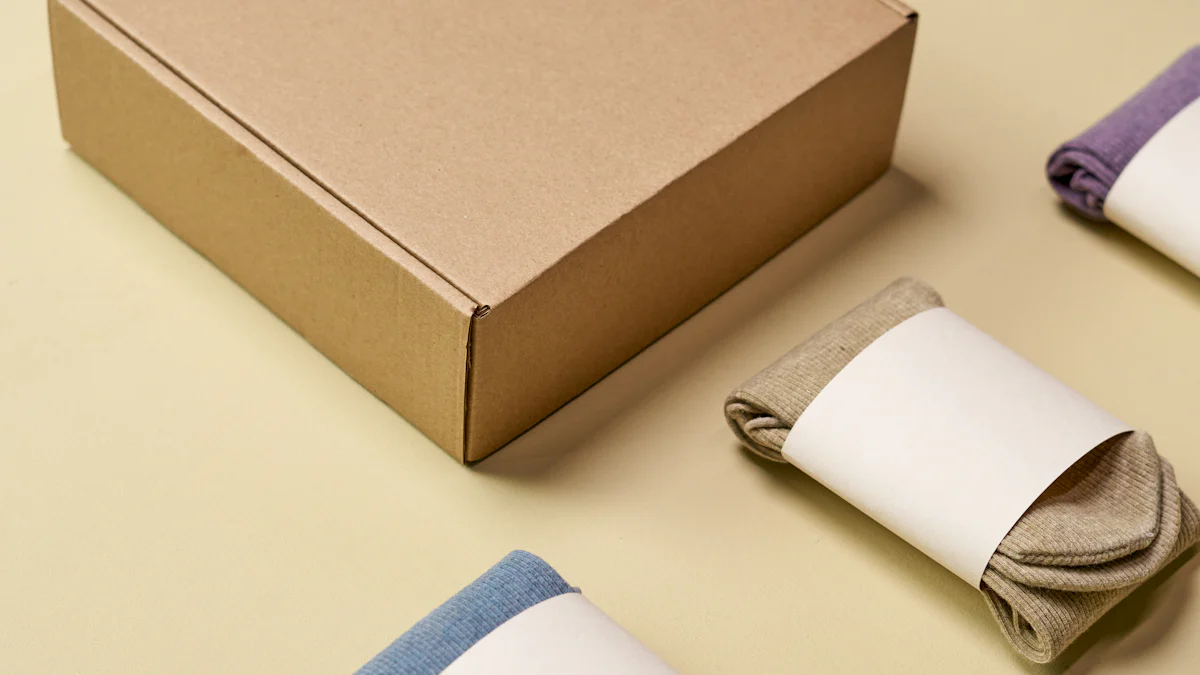
Cardboard stands out for its sturdiness and versatility. Manufacturers often use cardboard in the food industry due to its durability. Cardboard provides a printable surface, making it ideal for branding. Many companies choose cardboard for cereal boxes and custom pizza boxes. The material offers excellent protection during shipping.
Cardboard serves multiple purposes in packaging. Businesses frequently use cardboard for takeaway containers. The material’s strength ensures product safety. Companies often utilize cardboard for shipping boxes. This flexibility, combined with its lightweight nature, helps reduce shipping costs, which is a significant benefit for businesses. According to a report by Smithers Pira, the global cardboard packaging market is projected to reach $400 billion by 2024, driven by the growing demand for sustainable packaging solutions.
Many brands use cardboard for eco-friendly packaging solutions. As sustainability becomes a higher priority for consumers, businesses that use cardboard packaging align well with eco-conscious preferences. A survey by Trivium Packaging indicated that 74% of consumers are willing to pay more for sustainable packaging, highlighting the growing importance of environmental considerations in packaging choices.
Whether for food items, cosmetics, or electronics, cardboard remains one of the most cost-effective and adaptable packaging materials available today.
Plastic
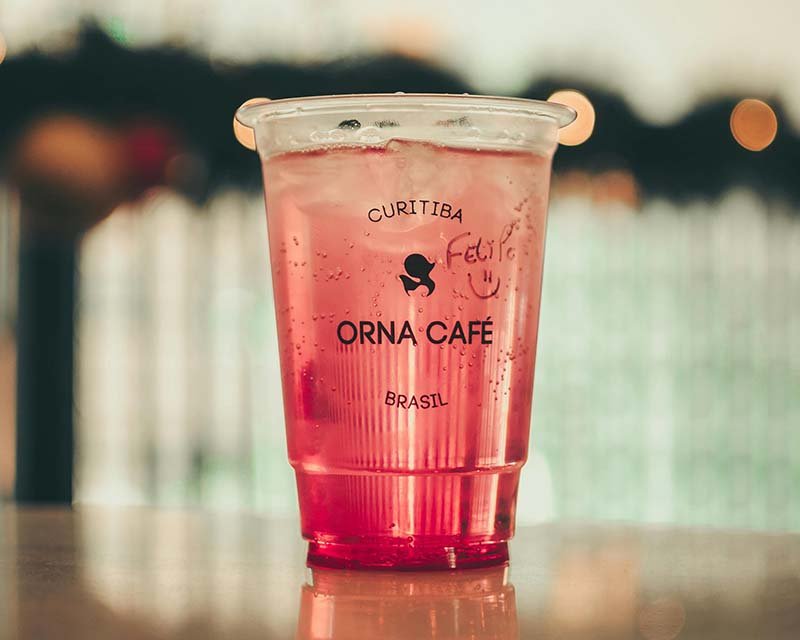
Plastic is a widely used material in packaging, known for its flexibility and durability. Its ability to be molded into various shapes makes it a versatile option for many industries. Plastic can be transparent or opaque, offering different visual options depending on the product’s needs. It is also lightweight, which is a significant advantage for reducing shipping costs and making it easier to handle.
Plastic can also resist chemicals and heat, which makes it suitable for a range of products, especially in the food industry where safety and hygiene are paramount. Plastic’s waterproof properties provide excellent protection against moisture, air, and contaminants, ensuring that products remain safe and intact during storage and transportation.
The variety of plastics available, such as polyethylene (PE), polypropylene (PP), and polyethylene terephthalate (PET), allows manufacturers to choose the most suitable type for their specific applications. This versatility has contributed to the widespread use of plastic in packaging, from bottles and containers to flexible packaging solutions like resealable pouches and tamper-evident packaging. The global plastic packaging market, projected to grow from $400 billion in 2020 to $600 billion by 2025, reflects the continued demand for this material.
Plastic’s flexibility also opens up opportunities for creative packaging designs, making it a popular choice for both food and non-food products. Whether it’s providing moisture-resistant packaging or offering innovative features, plastic remains an essential material in the packaging industry.
Glass
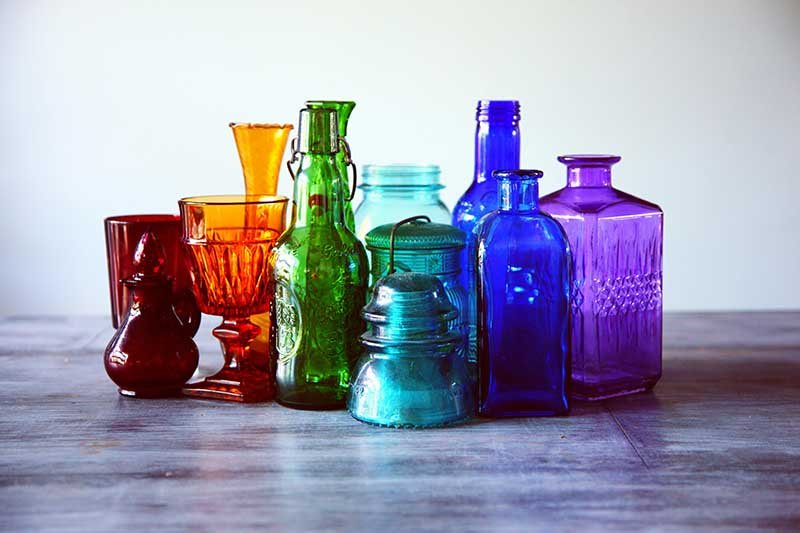
Glass is a premium packaging material that is widely recognized for its non-reactive nature and ability to preserve product quality. It is commonly used in the food and beverage industry, where glass bottles and jars are favored for their durability and safety. While glass is heavier and more fragile than other materials, its benefits often outweigh these drawbacks, particularly in high-end markets.
One of the key advantages of glass is its ability to enhance the perceived value of a product. The elegant appearance of glass packaging makes it a popular choice for luxury items, such as cosmetics, perfumes, and gourmet foods. This material not only looks premium but also offers excellent barrier properties, providing superior protection against light, air, and moisture. This makes glass an ideal choice for products that require a longer shelf life, such as beverages and preserved foods. Studies have shown that glass can extend the shelf life of products by up to 50% compared to plastic.
In addition to its protective qualities, glass is also highly sustainable. It is 100% recyclable and can be reused multiple times without losing its quality, making it a preferred choice for environmentally conscious consumers. As demand for sustainable packaging continues to grow, glass offers a solution that aligns with these preferences.
Glass packaging is versatile, commonly used for beverages, cosmetics, and various food products. Brands often explore creative designs with glass, such as unique bottle shapes or decorative jars, to enhance product visibility and stand out on store shelves. Whether for its premium look, protective qualities, or sustainability, glass remains a top choice for high-quality packaging.
Metal
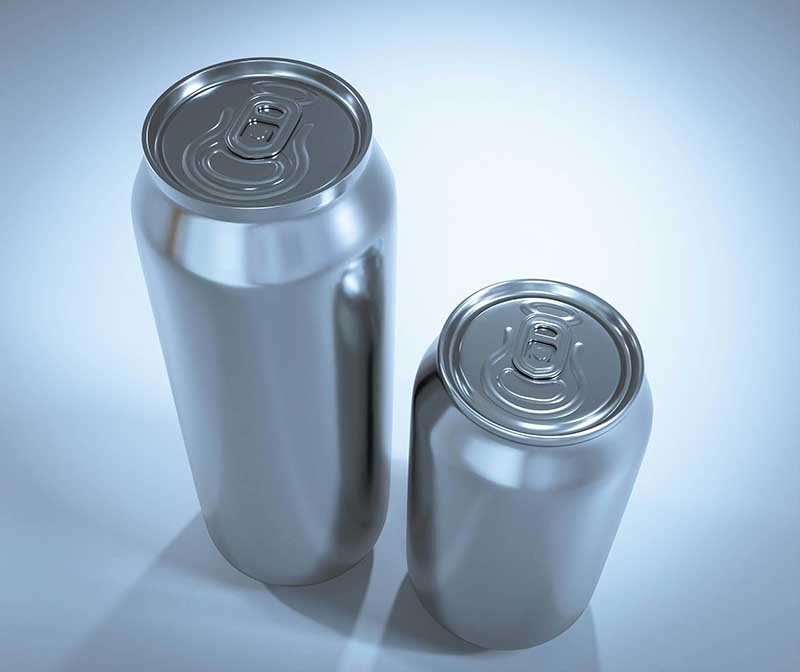
Metal packaging is renowned for its strength and durability, offering robust protection for a wide range of products. Materials like aluminum and tin provide excellent barriers against light, moisture, and air, making metal an ideal choice for preserving the freshness and quality of food and beverages. This durability ensures that products have a long shelf life, with metal cans capable of preserving food for years, making them a staple in the food industry.
One of the key advantages of metal packaging is its ability to withstand high temperatures and resist corrosion, making it reliable for various applications. Metal’s strong barrier properties are especially valuable for products that require extended shelf lives, such as canned soups, vegetables, and beverages. The material’s sleek appearance also makes it a popular choice for premium packaging, adding a touch of elegance to products.
In addition to its protective qualities, metal is highly sustainable. It can be recycled indefinitely without losing its quality, making it an environmentally friendly option. According to the Aluminum Association, recycling aluminum saves 90% of the energy required to produce new aluminum from raw materials, highlighting metal’s significant role in supporting sustainability efforts.
Metal packaging is versatile, commonly used for cans, tins, and tubes in the food, beverage, and personal care industries. Many brands take advantage of metal’s durability and aesthetic appeal by creating unique designs, such as embossed cans or decorative tins, which help products stand out on the shelves. Whether for its strength, barrier properties, or sustainability, metal remains a top choice for effective and premium packaging solutions.
Paper
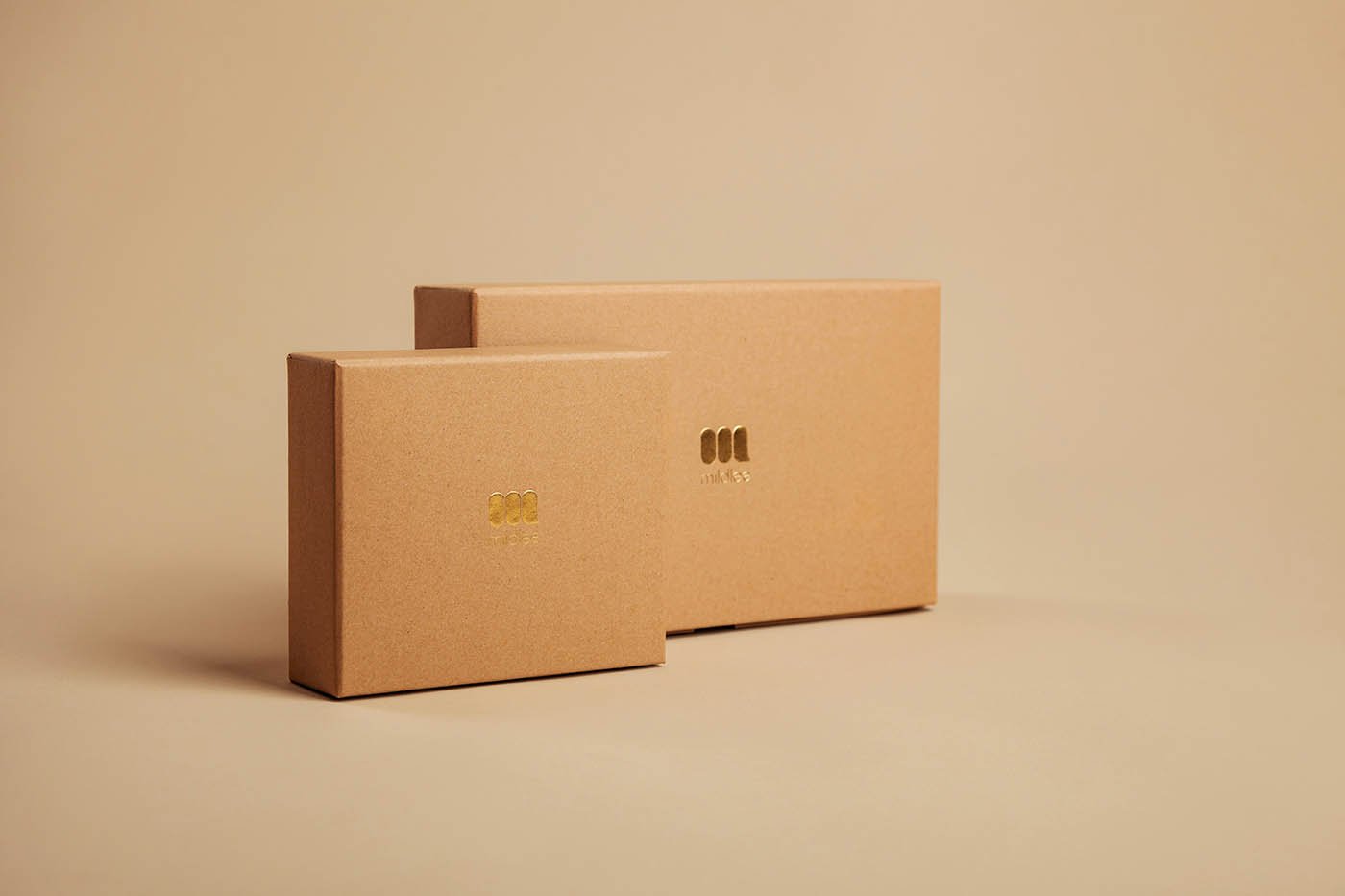
Paper packaging is a widely used option across various industries, known for being both versatile and eco-friendly. Made from biodegradable materials, often recycled, paper packaging is an excellent choice for businesses looking to reduce their environmental impact. Its lightweight nature makes it cost-effective for shipping, and it can be easily shaped into bags, wraps, and boxes to suit a variety of needs.
Paper is not only practical but also aesthetically appealing. Companies frequently use it for its customizable surface, perfect for printing logos, designs, and other branding elements. This makes paper packaging ideal for enhancing product presentation and creating a strong brand identity.
Sustainability is another major advantage of paper. With 70% of paper products being recycled in the U.S., according to the Paper and Packaging Board, paper stands out as one of the most environmentally friendly packaging materials. It’s commonly used for grocery bags, retail packaging, and even protective wraps for delicate items.
From eco-friendly gift wraps to innovative paper pouches, the versatility of paper allows businesses to explore creative packaging solutions while maintaining a commitment to sustainability. Whether for its environmental benefits, cost-effectiveness, or branding potential, paper continues to be a top choice in packaging.
Foam

Foam packaging is widely recognized for its excellent cushioning properties, making it an ideal choice for protecting fragile items during transit. The material absorbs shocks effectively, ensuring that delicate products like electronics and glassware remain safe from damage. Despite its lightweight nature, foam is durable and provides reliable protection, which is why it’s a go-to option for many industries.
Foam can be molded into different shapes, allowing for custom packaging solutions tailored to specific products. This flexibility ensures a snug fit, minimizing movement during shipping and further enhancing product safety. Companies often use foam inserts to secure items within boxes, providing an additional layer of protection that ensures the safe delivery of valuable goods.
Foam is particularly essential for industries that deal with electronics and other delicate products. Its protective qualities make it indispensable in ensuring that products reach their destination intact. Whether it’s cushioning high-tech devices or safeguarding fragile glassware, foam packaging plays a crucial role in maintaining product integrity during transport.
Fabric
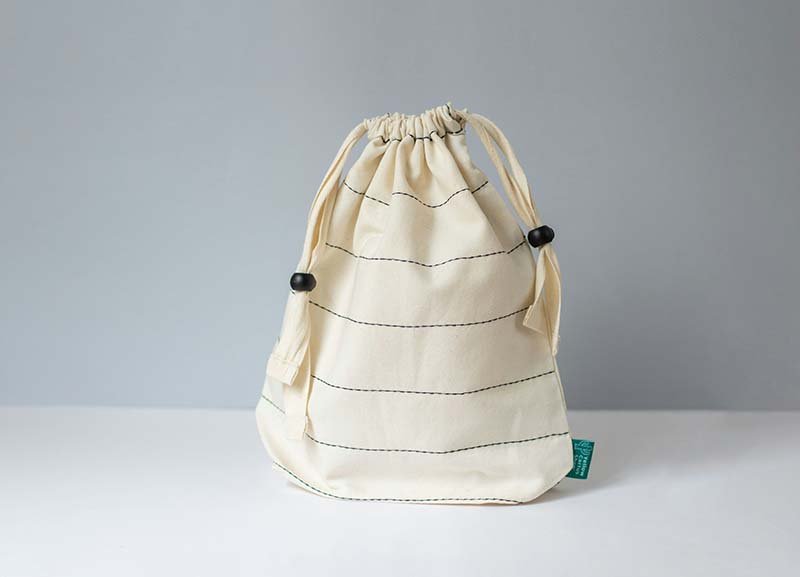
Fabric packaging is known for its versatility and eco-friendly nature, offering both flexibility and strength. Its breathable quality allows it to adapt to various shapes and sizes, making it an excellent choice for a variety of products. The soft texture of fabric enhances the user experience, providing a unique tactile appeal that resonates with consumers. Additionally, fabric’s reusability makes it a sustainable option, aligning with the increasing demand for environmentally conscious packaging.
Fabric packaging is highly customizable, allowing brands to create eye-catching designs through printing or embroidery. This makes it especially popular for luxury items, where presentation plays a crucial role. Fabric bags and wraps are often used to protect delicate products like jewelry, adding an elegant touch to the packaging.
Lightweight yet durable, fabric reduces shipping costs without compromising on quality. It’s commonly used for pouches, bags, and other eco-friendly packaging solutions. As more consumers show a preference for reusable packaging—67% according to a study by the Sustainable Packaging Coalition—fabric stands out as a stylish and responsible choice for businesses aiming to enhance both their product presentation and sustainability efforts.
Wood
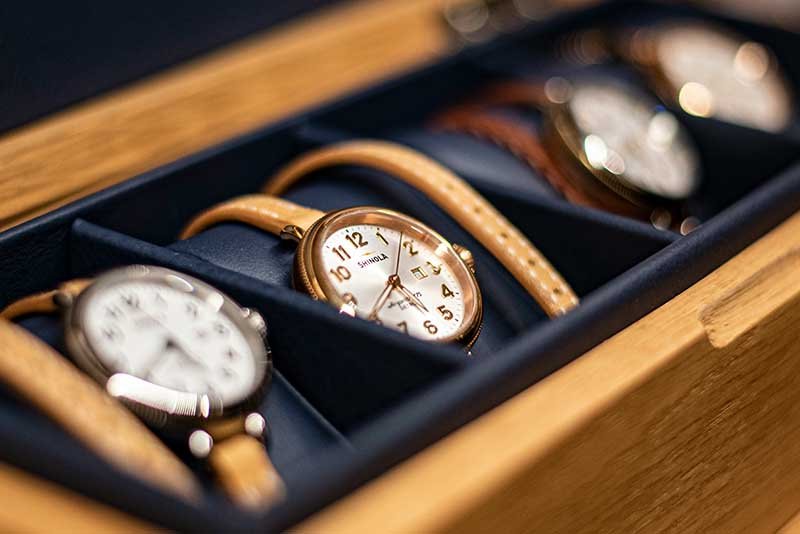
Wood packaging is valued for its durability and natural aesthetic, making it a popular choice for premium products. The material’s strength provides excellent protection, especially for heavy or fragile items like glassware and artisanal goods. The rustic appearance of wood not only adds to the product’s visual appeal but also conveys a sense of authenticity and craftsmanship that resonates with consumers seeking high-quality, eco-friendly options.
Beyond its visual appeal, wood is a robust and sustainable packaging solution. Companies can source wood from responsibly managed forests, ensuring that their packaging supports environmental efforts. Certifications from organizations like the Forest Stewardship Council (FSC) help businesses and consumers make informed, eco-conscious choices.
Wood is often used in applications that require both strength and style. Wooden crates are a popular choice for shipping delicate goods, while custom wooden boxes can add a luxurious touch to premium product packaging. Whether through engraved designs or simply the natural look of the wood itself, this material enhances the unboxing experience and elevates the perceived value of the product. Wood’s combination of sustainability, durability, and aesthetic appeal makes it a standout choice for brands looking to make a strong impression.
Biodegradable Materials
Biodegradable materials are increasingly favored in the packaging industry as consumers and companies alike prioritize sustainability. These materials naturally break down over time, significantly reducing environmental impact and helping to minimize landfill waste. For businesses aiming to align with eco-friendly practices, biodegradable packaging offers a compelling solution that resonates with today’s environmentally conscious consumers.
One of the main attractions of biodegradable materials is their versatility. They can be used in a variety of packaging applications, from food containers and wraps to disposable bags and other single-use items. Materials like PLA (polylactic acid) and other plant-based options provide similar functionality to traditional plastics but with the added benefit of being compostable. This makes them ideal for packaging perishable goods and other items where safety and sustainability are key concerns.
The growing demand for green packaging solutions is evident, with research showing that 73% of consumers are willing to pay more for products that feature sustainable packaging. By choosing biodegradable materials, brands not only support environmental initiatives but also enhance their appeal to eco-conscious customers. Whether for food packaging or other applications, biodegradable materials offer a sustainable, effective, and increasingly popular alternative to traditional packaging options.
Composite Materials
Composite materials are engineered by combining two or more distinct substances to create a material with enhanced properties. This combination allows composites to offer superior strength and durability while remaining lightweight, making them a highly valued choice in various industries. Composites are known for their resistance to corrosion and ability to withstand high temperatures, which further adds to their versatility and appeal. The unique structure of composite materials also allows for customization, enabling manufacturers to tailor them to meet specific needs.
In the packaging industry, composite materials are often used for their protective qualities. They provide excellent barriers against environmental factors, ensuring that products remain safe and intact during shipping and storage. This makes composites ideal for packaging solutions that require both durability and flexibility. Additionally, the aesthetic appeal of composite materials enhances product presentation, making them a preferred choice for brands looking to elevate their packaging design.
Composite materials are particularly suited for packaging electronics, food, and industrial products, where robust protection is essential. Their ability to combine the strengths of multiple materials allows businesses to create packaging that is not only functional but also tailored to the specific requirements of their products. Whether for innovative designs or reliable protection, composite materials offer a versatile and effective solution for modern packaging needs.
Conclusion
Selecting the right packaging material is crucial for ensuring the success of your products. By understanding the unique properties and benefits of each material, businesses can create custom packaging that effectively protects their products, enhances brand image, and meets consumer expectations.
When choosing packaging materials, consider factors such as product type, target audience, and sustainability goals. By making informed decisions about packaging, brands can not only improve their market competitiveness but also contribute to a more sustainable future.
In a world where consumers are increasingly aware of their choices, investing in the right packaging materials can make a significant difference in brand perception and customer loyalty. Embrace the possibilities that these top 10 packaging materials offer, and let your packaging tell your brand’s story.
Explore innovative solutions with BrillPack to stay ahead in the evolving packaging landscape.
Contact for a Free Consultation!

